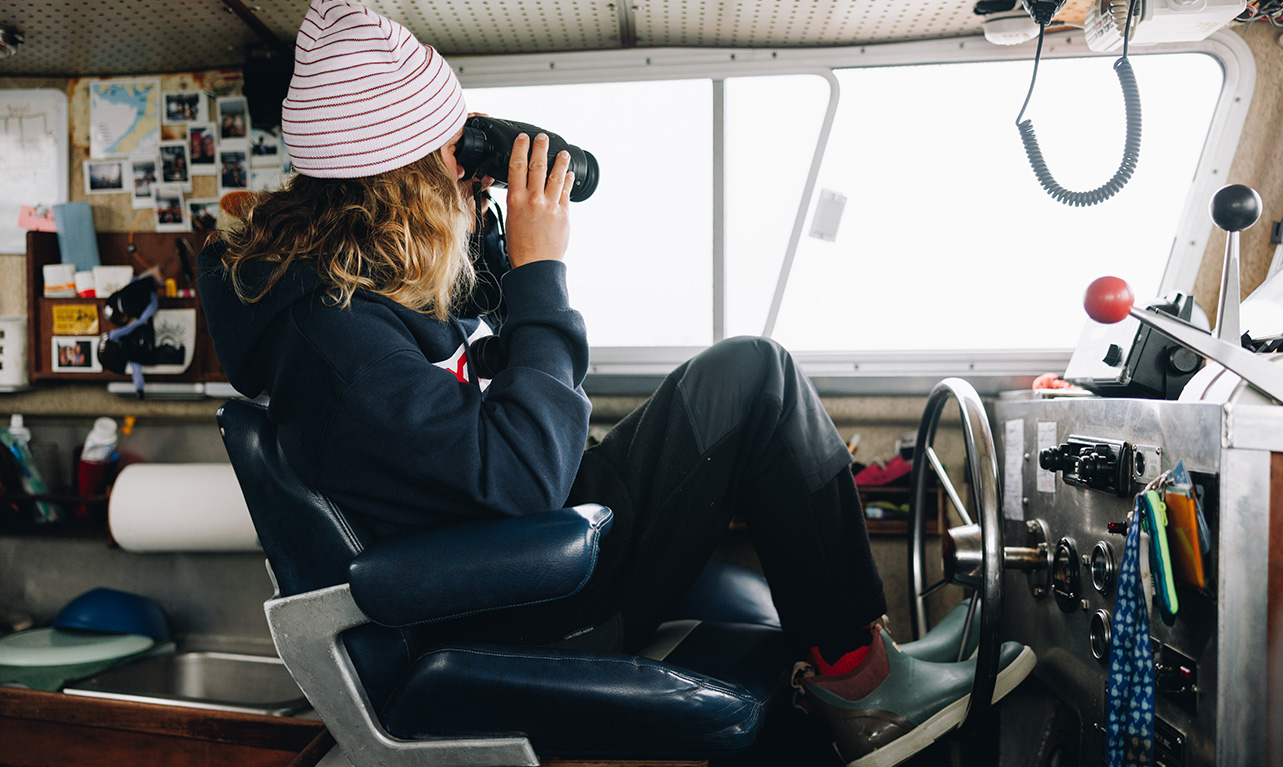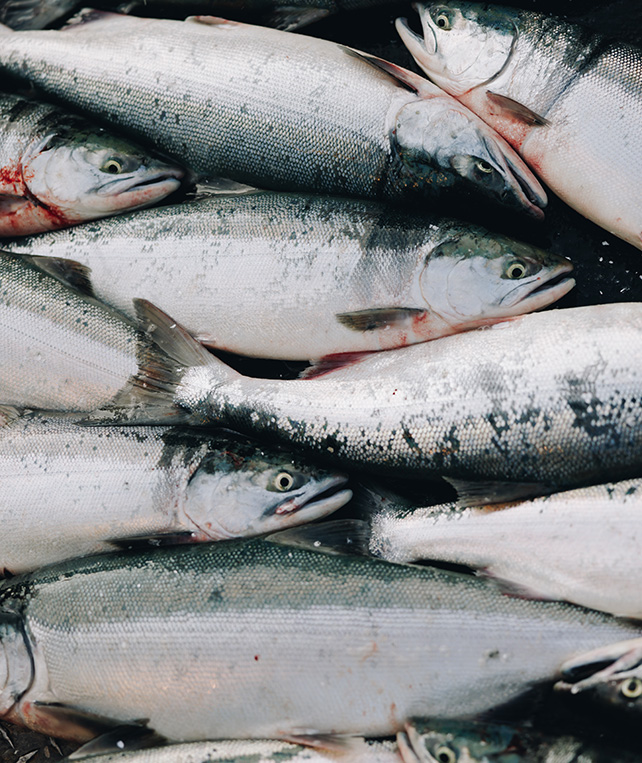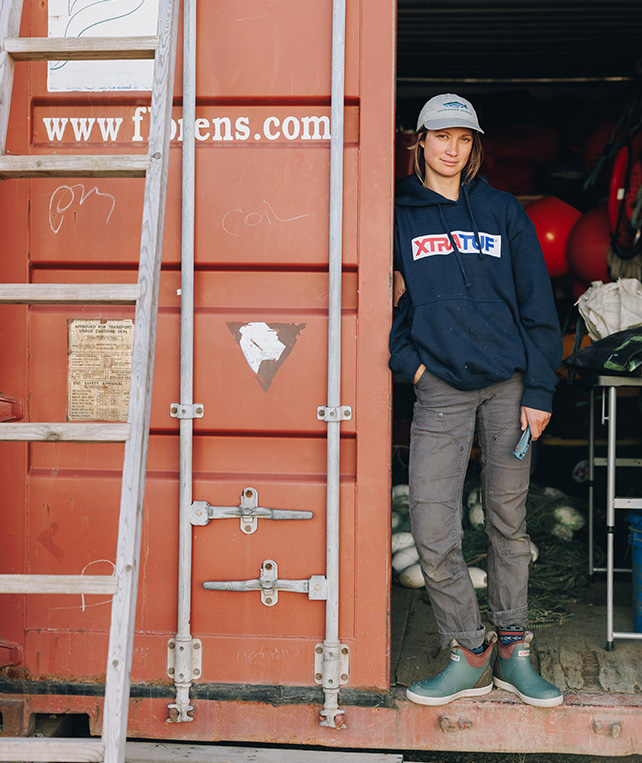I’m often asked what life is like on the boat, and while the same things are done every day, the hours in which we do them are not. Some days when the season is just beginning, the fish trickle in, and the work days last some 8 hours from when we pull anchor to when we drop anchor again. When the season is at its busiest? One day just rolls into the next as we fish from end to end in a 24 hour period.

Fishing for sockeye salmon in Bristol Bay means we are catching the salmon in the mouths of great tidal rivers as they swim upstream to spawn. The implication of this is that all of our decisions are based first and foremost on the tides. While the north side of the district boundary may be good on the ebb, the west line may be good on the flood, and if you are too far south when a big tide really picks up, you’re bucking a current that move 10 knots, which for reference, is about as fast as my boat can travel.
In a fleet of some 1,200 fisherman, I think that are now abut 40 women running boats. For such a masculine work place, I’m always in awe that the tides, historically such a feminine entity, are what drive our lives on the water.

So how does a day start and how does it end? First things first, coffee. While that’s going, I start to layer up. Bristol Bay is cold, and up on the fly bridge it can be epically windy. Generally I dress like I’m going to go skiing, and then I double whatever I put on. Fleece leggings, fleece pants, wool socks, long underwear, a fleece, another fleece, probably a sweater, maybe a down vest, then a down jacket followed by Xtratufs and orange rubber rain slickers if the weather is rough. Then a ball cap and a beanie, just for good measure. Overkill? Perhaps, but I run cold and sometimes you’re up there for 18 hours nosed into the wind.
Next I check the tides to see what I’ll be working with for the day, get the crew up to pull anchor and start driving out to fish. Sometimes we set the net in the shallows, our hull bumping along the bottom of the river bed, sometimes we set the net out in open ocean doing flyers out to the line, bringing the net back on before we drift over the district boundary.

When salmon hit the net it lights up, and there’s no better feeling. We bring the net on the boat and the salmon with it, then pick them from the net, bleed them and store them in 36 degree water inside fish holds under the deck. When the period is ending or the boat is full, I drive back in river to the anchorage and deliver my fish to a tender, a larger boat that takes the salmon to land to be processed. We clean the deck, make dinner, and get some sleep before we do it again tomorrow.


I often say that when you’re commercial fishing you’re too miserable to be depressed. And while this is a joke, there is some truth to it. In Bristol Bay the days are long and the work is hard, especially when the weather is rough and it takes all your effort to just move about the boat as it gets tossed around in swell. But you’re so busy, so focused, so totally encased in this strange watery world, that there isn’t time to be bored or sad or feel sorry for yourself. After all, the boat eats first, and it takes the captain and all the crew to keep her fishing through the season. I’d have it no other way.


Follow Slipstream Sockeye on Instagram: @slipstreamsockeye
Follow Jessica Normandeau on Instagram: @jessnormandeau
Follow Sofia DeWolfe on Instagram: @sofiadewolfephotography
 United States
United States
 Canada
Canada
 United Kingdom
United Kingdom



